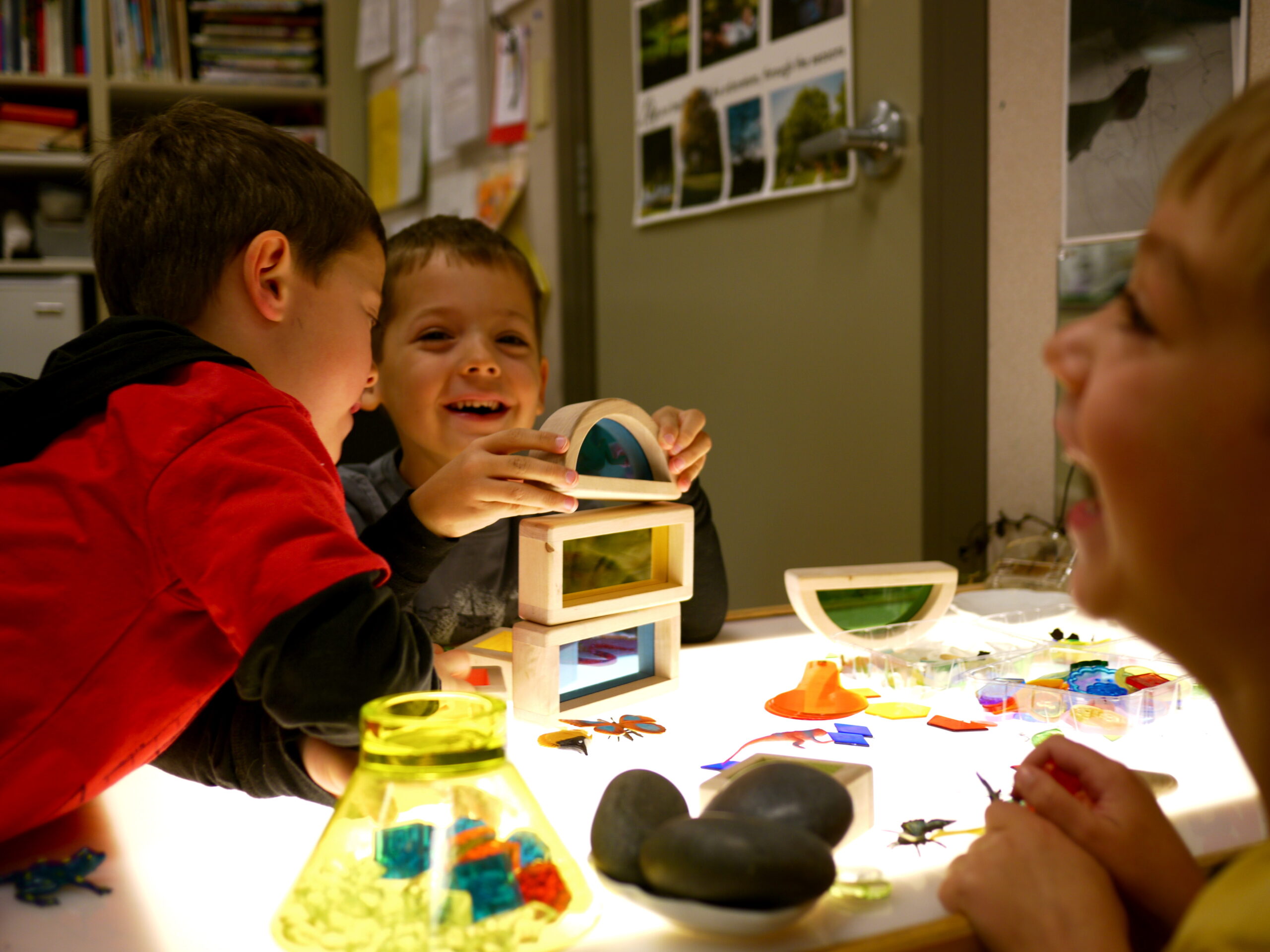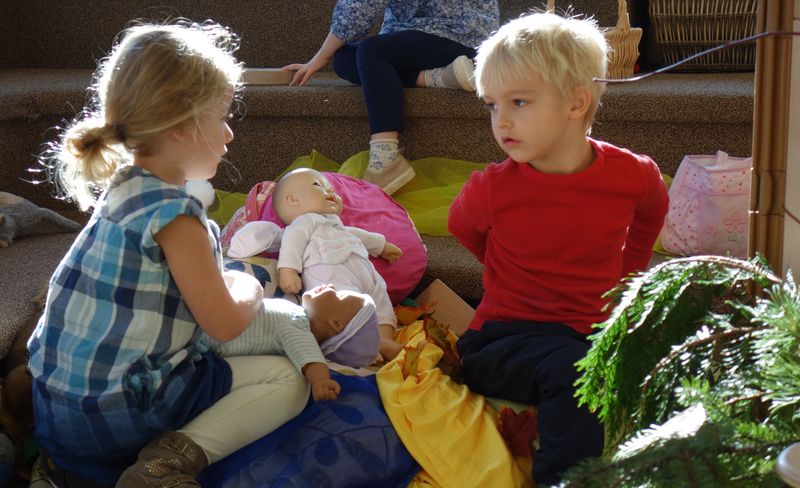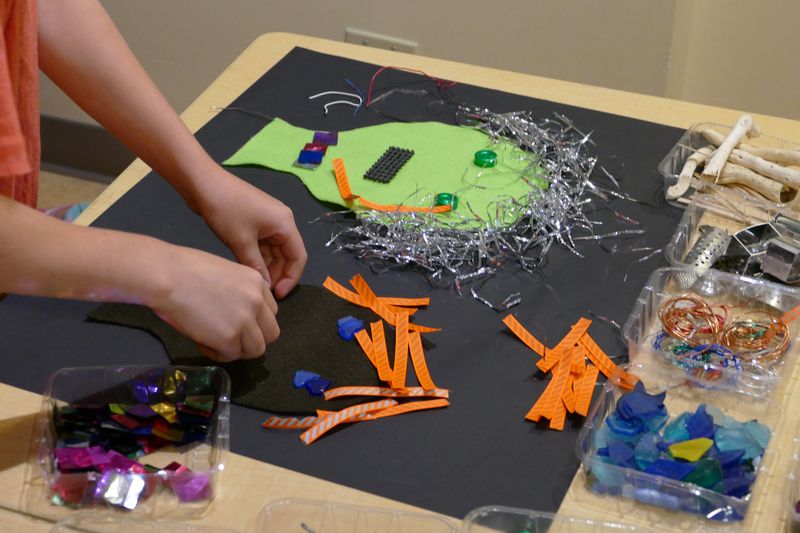It’s not about the towers, either

I start this post with a shout out to Allie Pasquier, whose recent Bakers and Astronauts post catalyzed this one. Her post examined how the ephemera of our classrooms – the surface layers – the branches – are not important in and of themselves, but only insofar as they are reflective of deeper values.
The piece crossed my laptop at an opportune moment, in the kind of way that Pagan Kennedy calls serendipity and Opal School Founder Judy Graves describes as “wondrous happenstance.” It arrived just moments after I was sitting under a tree with a group of teachers from Chicago, reflecting on two days of using Opal School’s values and Costa and Kallick’s Habits of Mind as a lens for considering classroom practices. One of the teachers jumped forward with an epiphany, realizing that all the energy she (and the students) had been pouring into their theme of towers really had little to do with buildings.
While that realization seems simple, it is profound and complex and somewhat counterintuitive. Content, it turns out, can obscure a focus on learning as easily as it can support it.
In The Importance of Being Little, Erika Christakis writes about a kindergarten classroom that explored codfish spines with Peabody Museum curators – “but fish anatomy was not her goal, critical thinking was.” One of the core theses of Christakis’s book is that we need to move from activity focused learning environments – factories generating flocks of hand-turkeys – into classrooms dedicated to producing knowledge. These need to be classrooms where questions are focused toward exploring the unknown world, rather than being limited by the known.
Christakis writes that the best sign of a strong classroom for young children is one in which young people hold conversations with many people about many different topics. Content is important because it offers a landscape through which to hold those conversations. It matters that the content is something that offers connection between the work of children and the broader world; it matters that it offers depth and complexity. I don’t think it matters, though, whether it’s towers or tricycles, triceratops or tulips.
What do you think?


